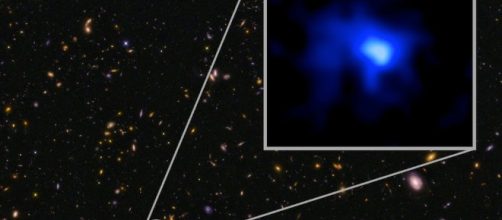Astronomers at the UC Santa Cruz discover new Milky Way-like galaxies in the universe. For decades, space scientists were busy in finding out the characteristics of galaxies, but efforts have been unsuccessful. Professor Xavier Prochaska at the National Science Foundation teams up with scientists at the UC Santa Cruz to find out the exact age of the newly discovered galaxies. The team uses the Atacama Large Millimeter Array (ALMA) in the research. Previously, NASA funded a similar project of John Popovich. He and his collaborators discovered new versions of galaxies.
John said new galaxies churn out new stars faster than others. His team used the Atacama Large Millimeter Array (ALMA) in the research.
Age of the newly discovered Milky Way-like galaxies
Professor Xavier Prochaska will carry out a research project to find out the exact age of the newly discovered galaxies. He believes that these are 9 Billion Years old, and each galaxy is incredibly rich in carbon monoxide. The gas plays a vital role in star formation. The team will soon publish the findings in the journal “Nature Astronomy.” New observations give us terrific insights into how galaxies looked 20 billion years ago. In addition to Papovich, the research team includes Ryan Quadri at NASA and Kim-Vy Tran at the Swinburne University.
The future of this research
Composite images of the molecular gas reveal that our universe has dozens of Milky Way-like galaxies. Papovich and Ryan say our Milky Way is smaller than the newly discovered galaxies. They form numerous stars and planets every day. Scientists aim to explore life as the galaxies have several planets that look exactly like our Earth. Papovich does not know anything about the exact location of the two galaxies in the universe. So, he will conduct research to find out their age, origin, and characteristics. Milky Way-like galaxies accumulated gas during the first few million years of history. But Papovich needs more time and further research to prove this point.

